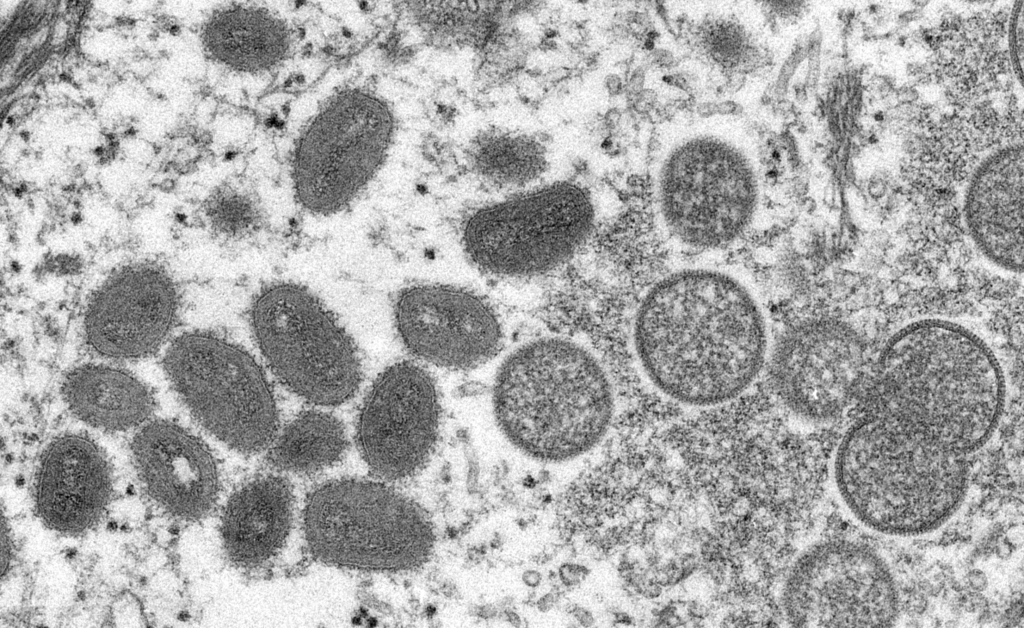
The monkeypox story has been evolving quickly this year, moving from a pathogen that wasn’t on the radar for most people to a global outbreak that led the World Health Organization to declare a global health emergency on July 23.
To boost your reporting on this topic, use social media and create a Twitter list to help focus your coverage. Use the platform to contact experts for comment, a lesson I learned from covering COVID-19.
In March 2020, I created a Twitter list of COVID-19 experts to help me cut through the clutter of voices on social media and shared it with AHCJ members. At that time (and frankly, this continues to be the case), there were many people on Twitter without training in infectious diseases, virology and immunology opining on what was happening. (See Tara Haelle’s post on how important it is to seek out people who specialize in infectious diseases, not just any physician)
Over the past two and a half years, I have added and removed names from the list depending upon the person’s social media presence. Overall, I have found it a helpful lens for understanding what is going on as the pandemic has evolved.
This week, I created another Twitter list for covering monkeypox. There is a crossover of experts between the COVID-19 and monkeypox list, as the world of trusted infectious disease experts who are also helpful on social media isn’t huge. I also may have missed people that should be on the list, so please send a note (Email me at bara@healthjournalism.org) if I have missed someone.
Again, I included journalists, infectious disease experts, virologists, immunologists and HIV experts. Monkeypox is spreading predominantly within the community of men having sex with men. But this does not mean monkeypox will remain isolated in this community.
Infectious disease experts are still striving to better understand the transmission route of monkeypox. The CDC says monkeypox spreads through direct contact with the infectious rash it causes, as well as prolonged face-to-face contact with contaminated items (e.g., bed sheets) and contact with infected animals. The pathogen has been identified in the U.S. in two children [via household contact] and a pregnant woman. In the U.S., there have been 3,591 confirmed monkeypox cases reported as of July 26, according to the CDC.
Along with social media, you can also check out my blog post from May 24 and July 1, each featuring a list of monkeypox experts you can call. Again, if you have suggestions for resources, please send them to bara@healthjournalism.org.




